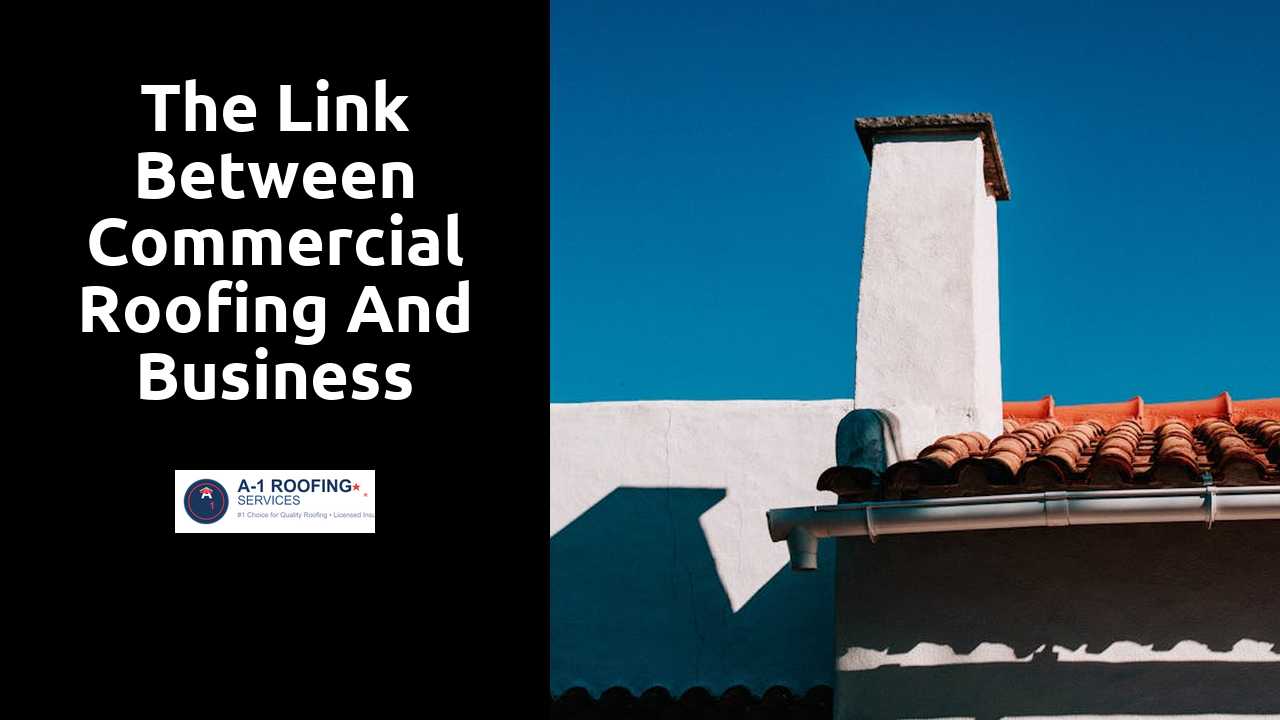
The Link Between Commercial Roofing and Business Aesthetics
Table Of Contents
Choosing the Right Color and Style
Selecting the appropriate color and style for a commercial roof can significantly impact the overall aesthetic of a business. The roof serves as one of the most visible elements of a building. This visibility can enhance or detract from the image a business aims to project. Darker colors may create a sleek, modern look while lighter shades can convey freshness and approachability. Additionally, materials like metal or shingles offer various textures and finishes, allowing businesses to align their roofs with architectural styles.
A well-chosen color complements the surrounding environment and reinforces branding efforts. It should not only harmonize with the facade but also resonate with the target audience. Businesses must consider the existing color palette of their structure as well as local design trends. Public perception gets shaped by these choices. Therefore, ensuring that the roof integrates seamlessly with the overall design can boost a company's appeal and attract more customers.
More tips and tricks can be found here.
The Psychological Impact of Colors on Customers
Colors have the power to influence emotions and behavior in significant ways. For instance, warm colors like red and yellow can create feelings of excitement and enthusiasm, while cooler tones such as blue and green often evoke calmness and trust. Businesses can use this knowledge strategically, selecting hues that not only reflect their brand identity but also resonate positively with their target audience. A well-chosen color palette can enhance customer experience and encourage repeat business.
Additionally, the effects of color extend beyond mere aesthetics; they can also impact purchasing decisions. Research has shown that consumers often associate specific colors with particular traits or values. For example, green is commonly linked to health and sustainability, making it an ideal choice for environmentally-conscious brands. Understanding these psychological associations enables businesses to tailor their commercial roofing choices to align with the image they want to project, ultimately influencing customer perceptions and interactions.
Roofing and Brand Identity
A business's physical presence plays a crucial role in its brand identity. The roof, often overlooked, can significantly impact how customers perceive a company. A well-maintained and aesthetically pleasing roof can convey a message of professionalism and stability. Conversely, a neglected or outdated roof may project an image of carelessness, potentially driving away potential clients.
Selecting a roofing design that reflects the company's brand values is essential. For example, a tech startup might opt for sleek, modern roofing materials to highlight innovation, while a construction firm may choose a more rugged appearance to emphasize reliability. This alignment between roofing and brand identity not only enhances visual appeal but also fosters trust and recognition in the marketplace.
Aligning Your Roof Design with Company Values
The design of a commercial roof can reflect a company's core values and mission. A modern, sustainable roofing material may signal a commitment to environmental responsibility, while an elegant traditional style could communicate a brand's heritage and reliability. Choices made during the roofing process enable businesses to visually express what they stand for, which can resonate deeply with their target audience. For instance, a company that prioritizes innovation might opt for a sleek, cutting-edge roof design that showcases its forward-thinking nature.
Integrating company values into roof design goes beyond aesthetics; it serves as a touchpoint for customer engagement. When customers recognize that a business aligns its physical presence with its principles, it can create a sense of authenticity and trust. Moreover, a well-designed roof can enhance employee morale, as staff members often take pride in working for a company that visibly supports its values. This alignment fosters a deeper connection with both customers and employees, reinforcing the brand's identity in a competitive marketplace.
Maintenance and Its Aesthetic Importance
Proper maintenance plays a critical role in preserving the visual appeal of a commercial roof. Regular cleaning prevents the buildup of debris, which can obscure colors and textures. Inspections help identify potential issues before they escalate, ensuring that any necessary repairs can be made promptly. Keeping a roof in good condition not only enhances its looks but also extends its lifespan, contributing to the overall aesthetics of a business.
A well-maintained roof communicates professionalism and care to customers. First impressions matter; a clean, appealing roof can reflect positively on a company’s image. When clients and visitors notice a pristine exterior, they are more likely to associate that attention to detail with the quality of services or products offered inside. As such, investing in regular maintenance is not merely practical, but also a strategic move to strengthen brand perception in a competitive marketplace.
Regular Inspections to Preserve Appearance
Routine inspections play a crucial role in maintaining the visual integrity of commercial roofs. Minuscule damages, like minor leaks or small cracks, often go unnoticed unless a professional eye is trained to spot them. These issues can escalate, leading to more significant problems that not only affect functionality but also detract from the overall aesthetics of the building. Consistent evaluations ensure that the roofing materials remain intact and that the structure retains its appealing appearance over time.
Scheduled maintenance offers the opportunity to address any wear and tear promptly. The buildup of debris or discoloration can quickly diminish a roof's visual appeal, impacting how customers perceive a business. By prioritizing regular assessments, businesses can uphold an inviting exterior that reflects their commitment to professionalism and quality. This proactive approach not only enhances aesthetic value but also reinforces the importance of long-term investment in the building's overall condition.
Related Links
How Commercial Roofing Can Reduce Operational CostsLong-term Benefits of Durable Commercial Roofing Solutions